Agnes Grey: The First “The Girl Finds True Love”
December 8, 2020
Agnes Grey. Written by Anne Brontë Old English. Romance. 235pg
Our heroine, Agnes, weathers through troubles, as her governess job leads her through the twists and turns of love and life.
Anne Brontë centers her book on a poor clergyman’s daughter, Agnes Grey. The setting of this book is rather dreary, having the main character being someone of humble standing, with not a lot of drama until the end of the book. The relatable part of this book is near the ending, where Agnes has a mental tug of war with her brain and heart. This is solely relatable because it’s seen in a lot of teen dramas, where the protagonist has trouble winning over the male lead. It has a rather high book level, being written in the early 1800s.
The book, Agnes Grey, is about a young woman in the 1800s, who wants to help out with her family debt. She assumes the position of a governess and teaches many adolescents, who don’t exactly want to learn. As the book proceeds, she eventually finds the “love of her life”, a preacher at a church. As her life is carried out over a span of years, the book is continuously relating back to her family’s disposition, and what they went through.
The writing style of this book suggests accounts in a diary, the writer, Agnes Grey herself, addressing the reader many a time. Though this book would have been a thriller read if, in modern-day writing, the book itself is rather slow, with all the detail and accounts of the writer. Not to mention it’s written in old English, having been published in 1847.
At the end of the book, Agnes is being tossed around through battles of her heart and head, as they decide whether or not her true love actually likes her. In the end, the book closes with a happy ending, Agnes having addressed the reader, and having gone over the activities of the other characters.


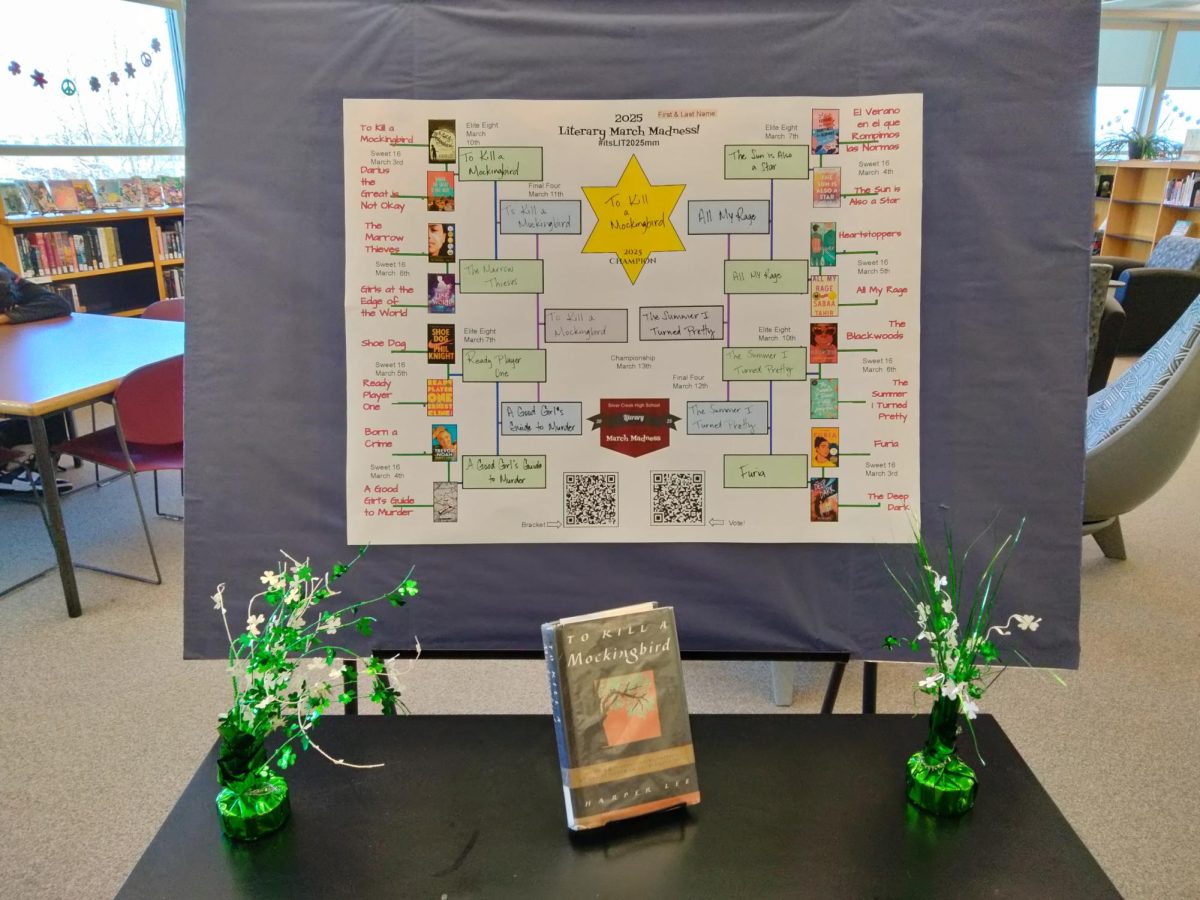
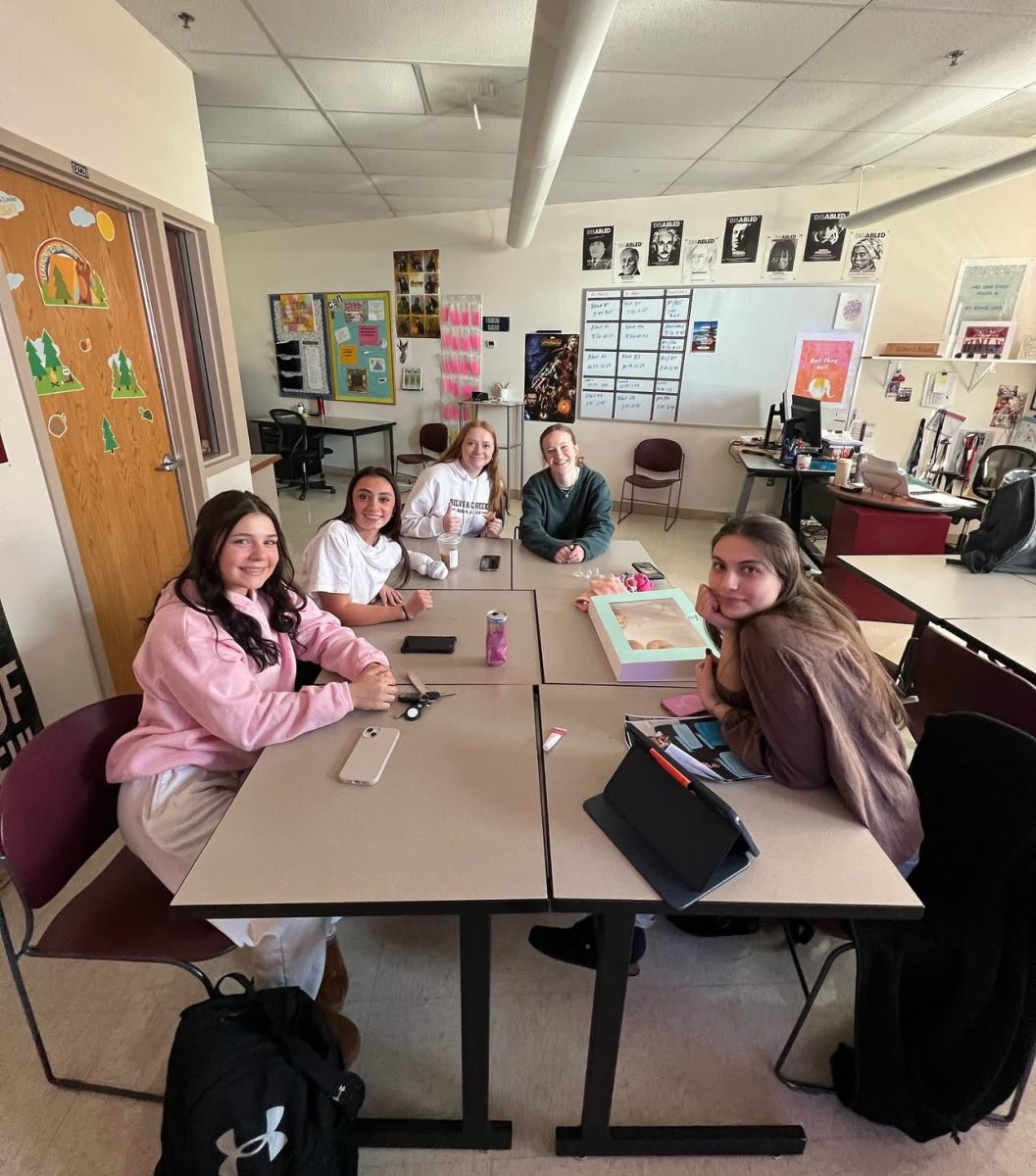


















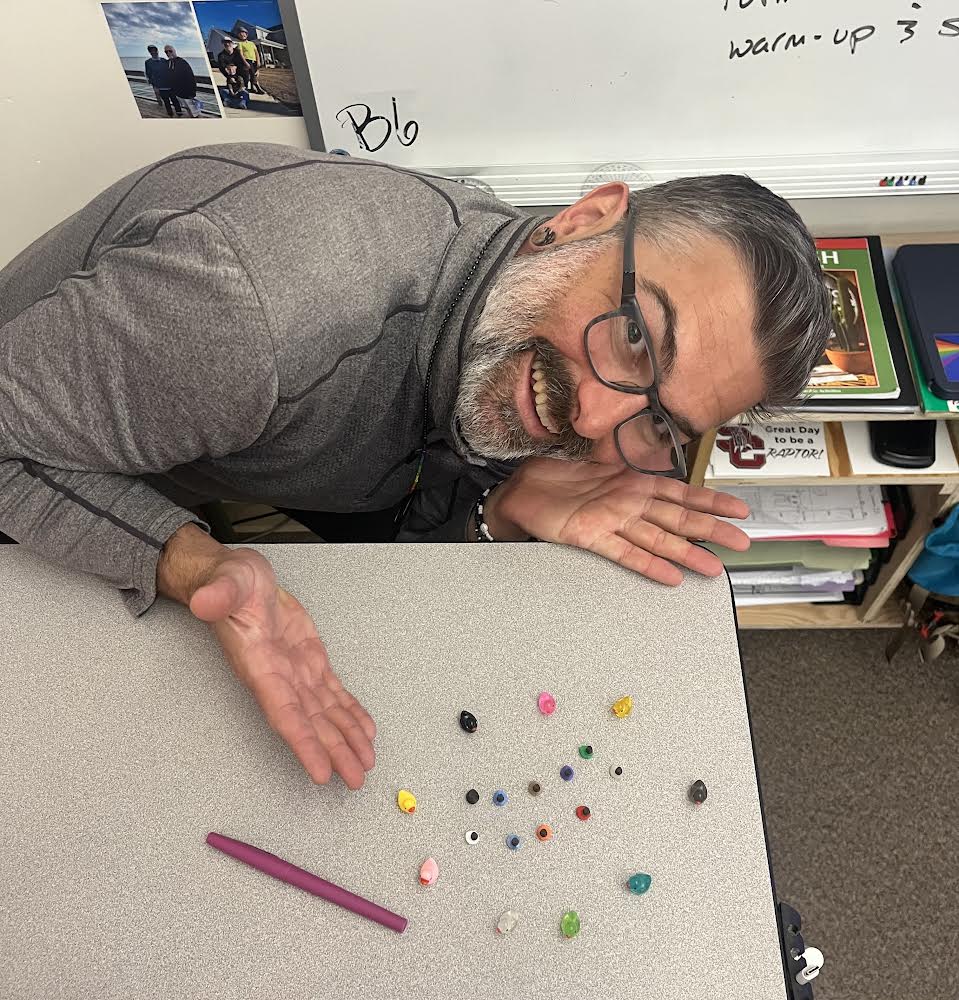








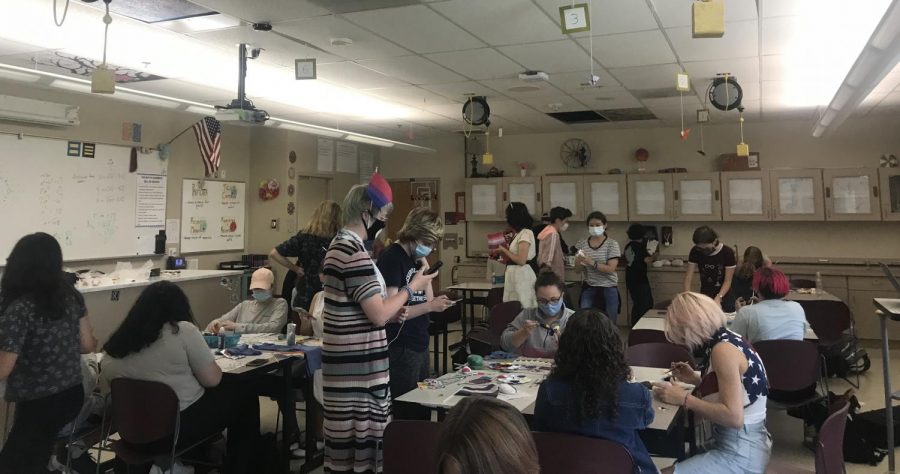

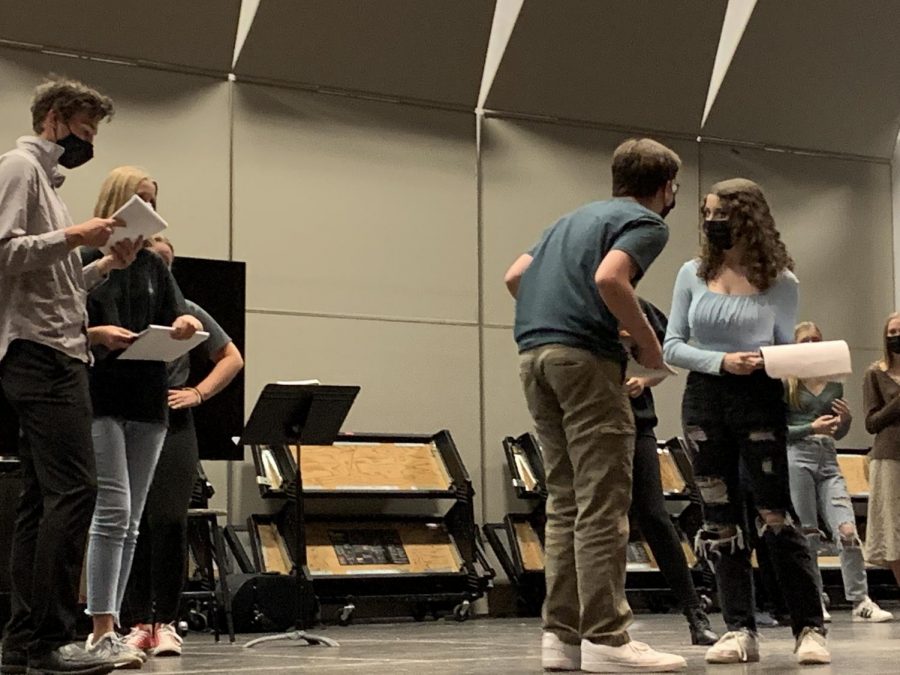








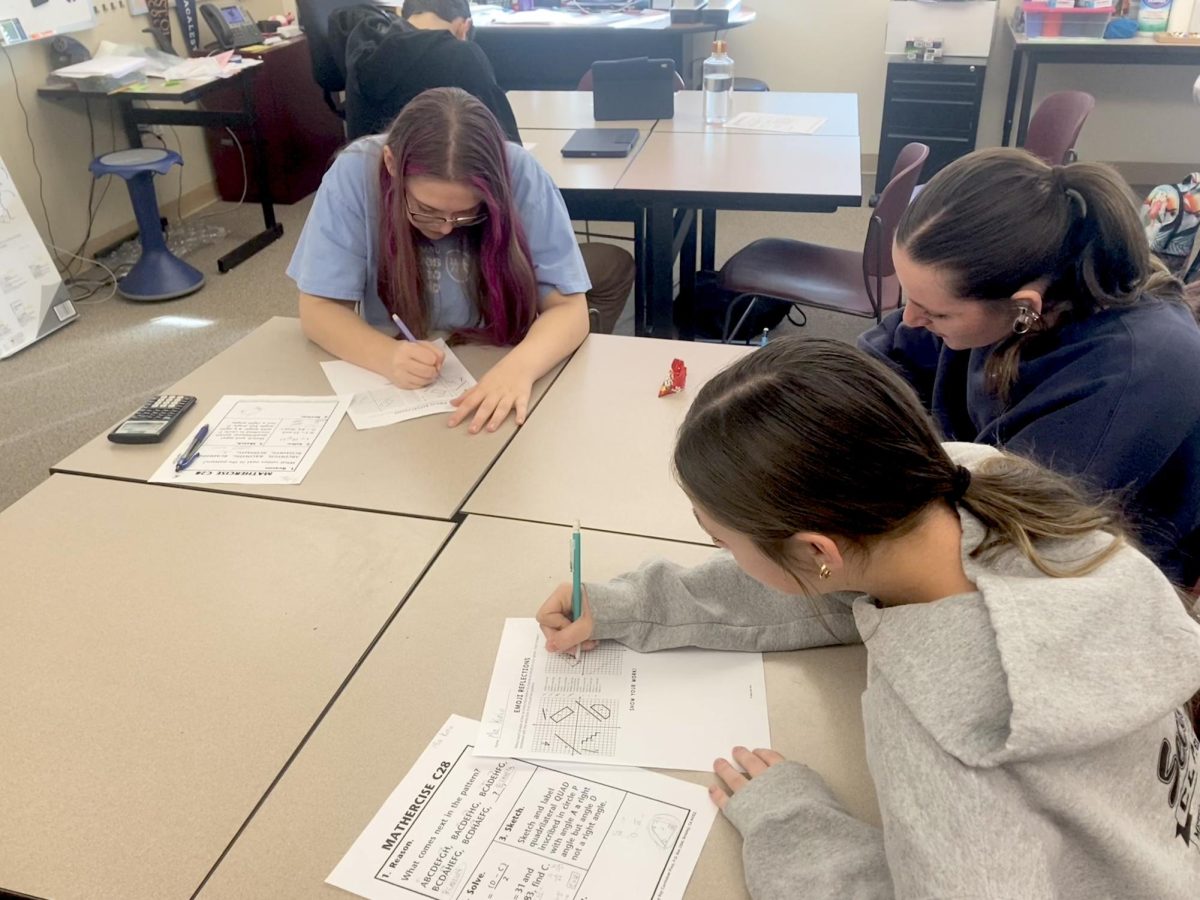
![Hosting the SCLA Casptone Mentor Dinner outside allowed for more attendees on September 27, 2021 at Silver Creek. This event would’ve usually been held inside. According to Lauren Kohn, a SCLA 12 teacher, “If we have a higher number of people, as long as we can host the event outside, then that seems to be keeping every[one] safe”.](https://schsnews.org/wp-content/uploads/2021/11/sxMAIGbSYGodZkqmrvTi5YWcJ1ssWA08ApkeMLpp-900x675.jpeg)



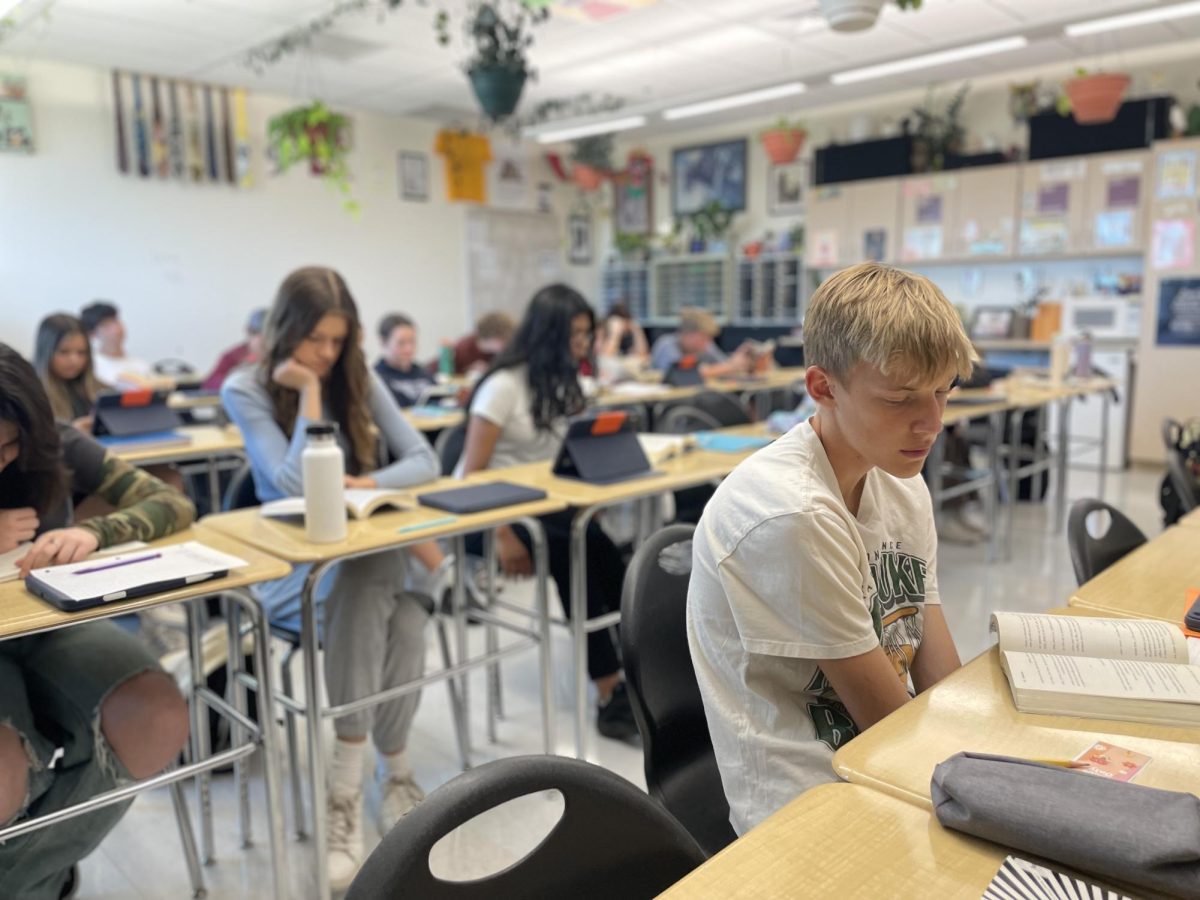


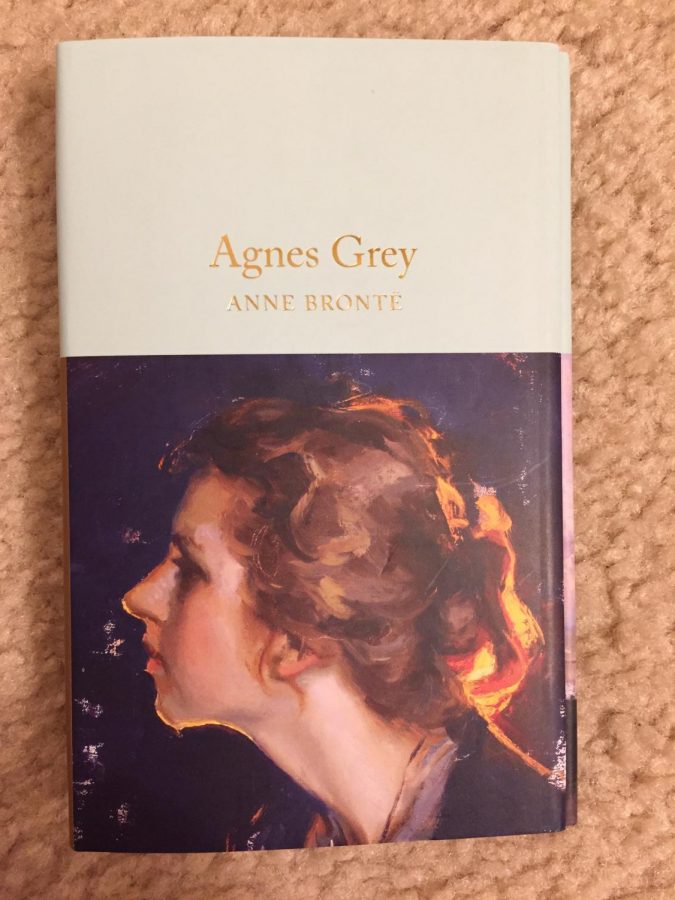
Ms. Fredo • Dec 17, 2020 at 11:26 am
I love the book review on the home page of the website!! Thank you!